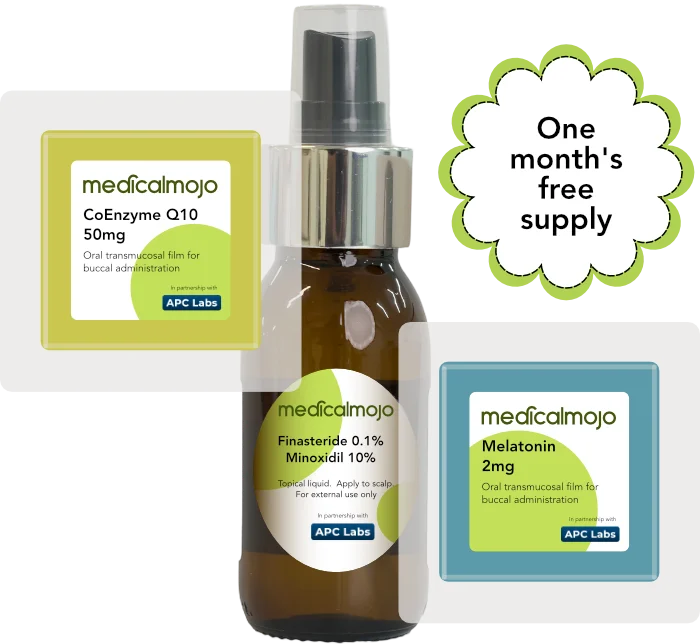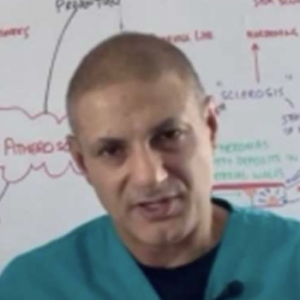I had always associated taking testosterone with cheating. I couldn’t envisage a scenario where I would ever contemplate taking testosterone. I would bulldoze my way through obstacles with sheer hard work despite feeling like death warmed up. This was my thinking in my thirties when I still had some remnants of youth, strength and naivety. I was the TRT sceptic.
-
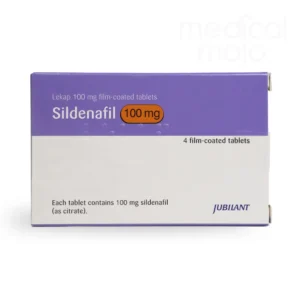 Sildenafil 100mg TabletsPrice range: £9.99 through £31.99
Sildenafil 100mg TabletsPrice range: £9.99 through £31.99 -
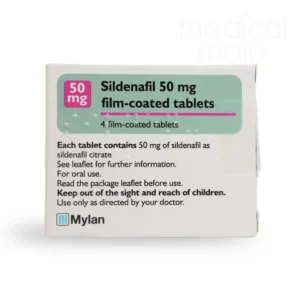 Sildenafil 50mg TabletsPrice range: £7.99 through £31.99
Sildenafil 50mg TabletsPrice range: £7.99 through £31.99 -
 Sildenafil 25mg TabletsPrice range: £5.99 through £21.99
Sildenafil 25mg TabletsPrice range: £5.99 through £21.99
The start of testosterone decline in my forties
Then came my forties. I hadn’t trained in a while but could always bench well over 70kg even without training. I accompanied my son, who was in his late teens, to the local gym, and we started the bench press.
We started on an empty bar, and so far, so good. Then, the weight increased to 50kg; I laughed as my son struggled with the weight. Then it was my turn.
Something was wrong as the weight slowly descended to my chest. It sat on my chest, and I could not press the weight up, much to my embarrassment. My son went to 60kg while I had to go down to 45kg.
What had happened? Maybe I had an off day; I tried to put the poor performance down to a non-existent viral infection. The alarm bells hadn’t quite started ringing yet.
Low testosterone denial phase
I had been suffering from other symptoms of low testosterone at the time, but I didn’t know that then. The constant fatigue I put down to too much work, my lack of libido down to work, my weight gain down to snacking during work and my low mood down to work. I had found my scapegoat, it was work! This excuse worked for a while until I took a break from my employment and felt even worse.
The testosterone epiphany
It was then that I came across Dr Eslami while studying for my independent prescribing qualification; he suggested that my symptoms may be down to my testosterone levels. I was sceptical at first, and my knowledge of hormones needed a thorough revision. He gave me some medical journals to read, and the next week, when we met, I was ready to try it.
The ADAM questionnaire
The first step was completing the ADAM (Androgen Deficiency in the Ageing Male) questionnaire [1], which is the first thing a doctor or prescriber will get you to complete when deciding if you have hypogonadism or low testosterone levels.
You can review a copy of the ADAM questionnaire here.
Androgen deficiency in Ageing males’ questionnaire
- Do you have a decreased libido (sex drive)?
- Do you suffer from lack of energy?
- Have you noticed a decrease in strength and or/ endurance?
- Have you lost height?
- Have you noticed a decreased “enjoyment of life”
- Are you often sad and/or grumpy?
- Are your erections less strong than they used to be?
- Have you noticed a recent deterioration in your ability to play sports or exercise?
- Do you find yourself falling asleep after dinner?
- Has there been a recent deterioration in your work performance?
You may have testosterone deficiency syndrome if you have answered “YES” to questions 1 or 7 or any 3 other questions.
My responses to the ADAM questionnaire were pretty much a “yes” for all the responses (not good!). So, my symptoms indicated that I had low testosterone; the next step was to confirm this with a blood test.
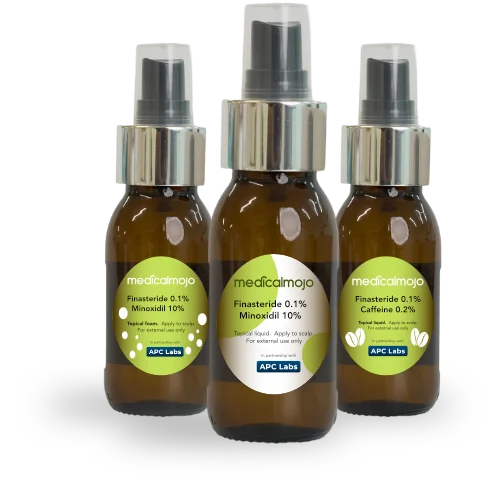
The testosterone blood test
I finally got a full blood test and sat with Dr Eslami to analyse the results. My total testosterone was normal, within the mid-upper range (15-30nmol/L). To have a diagnosis of testosterone deficiency from a blood test, my levels would have to have been below 12nmol/L for borderline cases and less than 8nmol/L for barn door late-onset hypogonadism [2]. So, I was not suffering from low testosterone….or was I? If I had low testosterone, my levels of total testosterone should be below 12nmol/L or even 8nmol/L.*
*To confirm a diagnosis of testosterone deficiency, at least two blood tests carried out between 7 a.m. and 11 a.m., at least four weeks apart, should be done to confirm serum testosterone levels.
Testing for luteinising hormone (LH) and follicle-stimulating hormone (FSH) helps determine if the issue is in the testicles (primary hypogonadism) or in the brain (secondary hypogonadism).
An initial prolactin test is needed to rule out high prolactin levels, which can affect testosterone.
A complete blood count (FBC) is also important because anaemia is often linked to low testosterone.
The European Association of Urology recommends that these tests be done while fasting whenever possible [3].
SHBG and free testosterone
Dr Eslami directed me to the SHBG reading, which was 51.6, the upper end of normal. SHBG basically acts as sponge, mopping up testosterone so that less of the “free” active testosterone, which acts on the androgen receptors, are around. The SHBG had drastically reduced my free testosterone levels to just hovering under 0.225 nmol/L, the cut-off for low testosterone being 0.225nmol/L [2].
So, I was suffering from low testosterone when the results of the ADAM questionnaire were combined with the low free testosterone blood levels. Then, Dr. Eslami said something that has stuck with me ever since, something I have also begun to practice: “You treat the person, not the numbers.”
If these numbers seem confusing, stay tuned for our upcoming blogs and videos on how to decipher blood test results.
-
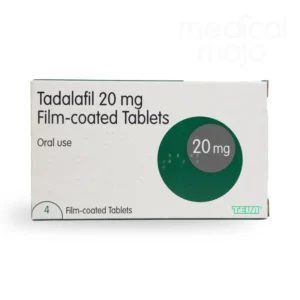 Tadalafil 20mg tabletsPrice range: £8.99 through £32.99
Tadalafil 20mg tabletsPrice range: £8.99 through £32.99 -
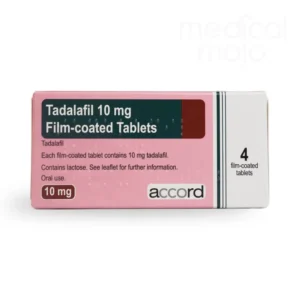 Tadalafil 10mg tabletsPrice range: £8.99 through £31.99
Tadalafil 10mg tabletsPrice range: £8.99 through £31.99 -
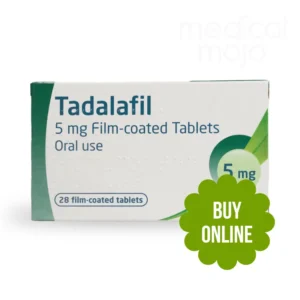 Tadalafil 5mg tabletsPrice range: £17.99 through £45.99
Tadalafil 5mg tabletsPrice range: £17.99 through £45.99
The TRT regime
TRT, no, not the Turkish news station that always appears when you type in these three letters, but Testosterone Replacement Therapy, which began in the form of twice-monthly intra-muscular injections of Sustanon. To learn more about Sustanon, read our blog: What is Sustanon?
I soon got over my needle phobia when I began to feel the results. No, I didn’t transform into Mr Universe overnight, but it was as if someone had turned the lights on in my brain.
I felt more alert and stronger ( I started benching over 100kg) and started freestyle wrestling and BJJ again. I have become more productive at work and am no longer afraid to wrestle larger, younger opponents. In short, I felt young again. I was happier, more optimistic, and leaner. I had transformed from a sceptic to an advocate.
My journey has started. When will you begin yours?
If you are concerned about low testosterone, or even to find out more, please contact us for a FREE consultation.
Disclaimer: This information is for educational purposes only and not a substitute for professional medical advice.
References:
- Morley, J.E., Charlton, E., Patrick, P., Kaiser, F.E., Cadeau, P., McCready, D. and Perry III, H.M., 2000. Validation of a screening questionnaire for androgen deficiency in aging males. Metabolism, 49(9), pp.1239-1242.
- Hackett, G. (2023) ‘A practical guide to the assessment and management of testosterone deficiency’, Trends in Urology and Men’s Health. Available at: https://bssm.org.uk/wp-content/uploads/2023/08/Trends-Urol-Men-s-Health-2023-Hackett-A-practical-guide-to-the-assessment-and-management-of-testosterone-deficiency-1.pdf (Accessed: [12/01/25]).
- Dohle GH, Arver S, Bettocchi C, et al. EAU Guidelines on Male Hypogonadism (https://d56bochluxqnz. cloudfront.net/media/EAU-Guidelineson-Male-Hypogonadism-2019v2.pdf; accessed 12 January 2025).https://d56bochluxqnz.cloudfront.net/media/EAU-Guidelines-on-Male-Hypogonadism-2019v2.pdf
Are weight loss treatments making you tired, or have they led to a sudden increase in hair loss? Do you struggle with sleep?
Get a free month’s supply of one of our compounded treatments for energy, hair loss or sleep, with your first purchase of Mounjaro or Wegovy from Medical Mojo.
Claim your FREE offer